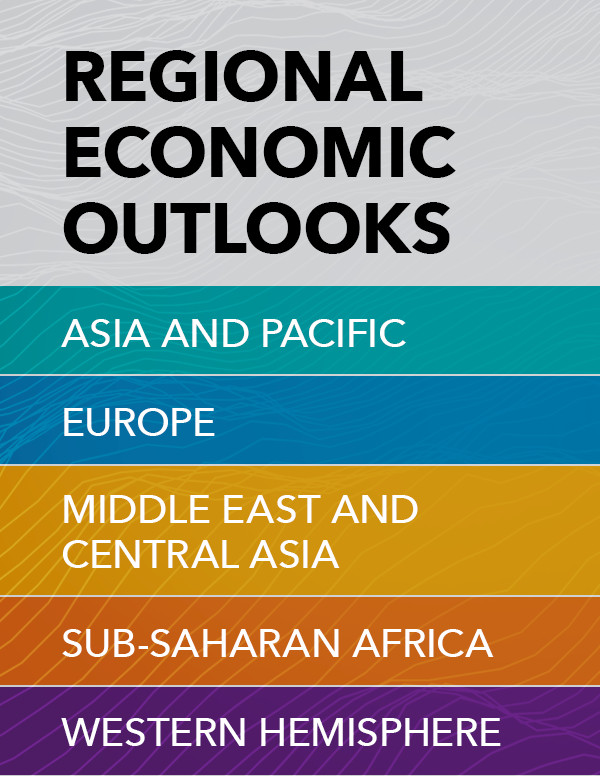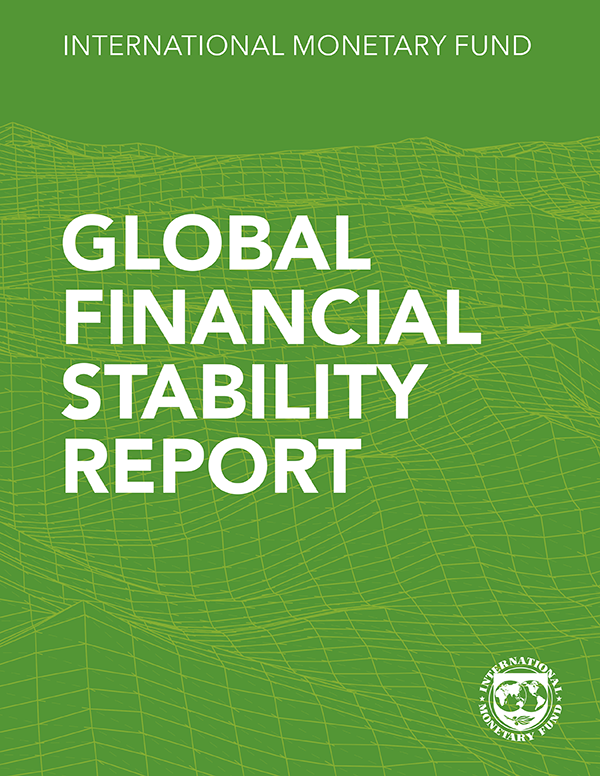Navigating Trade Headwinds and Rebalancing Growth
Economies in the Asia-Pacific region have been resilient in 2025, posting stronger-than-expected economic growth in the first half of the year amid external and domestic challenges. Nevertheless, higher US tariffs and increasing protectionism will likely reduce demand for Asian exports and eventually weigh on growth in the near-term. Amid these forces, policies should focus on increasing regional integration by reducing barriers to trade and investment, and boosting productivity growth with better financial intermediation and allocation of capital. Additional measures to support the services sector, mitigate the impact of population aging, and upgrade policy frameworks are critical for resilient and sustainable growth, and would help prepare for future shocks.
RECENT EVENT
- THURSDAY, OCTOBER 16, 9:15 AM (ET), Washington, D.C.: Press Briefing, Asia and Pacific Department, IMF
Watch Replay |
Read the Transcript
Chapter 1: Outlook for Asia and the Pacific
Economies in the Asia-Pacific region have been resilient in 2025, posting stronger-than-expected economic growth in the first half of the year amid external and domestic challenges. Nevertheless, higher US tariffs and increasing protectionism will likely reduce demand for Asian exports and eventually weigh on growth in the near-term. Domestically, slowing growth trends and social tensions pose additional challenges. Amid these forces, reforms to make economic growth more resilient and sustainable will be critical. These should include measures to support further regional economic integration, support the services sector, strengthen the efficiency of financial intermediation, reduce capital misallocation, mitigate the impact of population aging, and upgrade policy frameworks to prepare for future shocks.
Chapter 2: Reshaping Value Chains: The Case for Deeper Asia-Pacific Trade Integration
The Asia-Pacific region has experienced rapid trade growth for decades, but the global landscape is changing with the sweeping United States tariffs in 2025. Evidence in this chapter indicates that Asia-Pacific supply chains are responsive to tariff differentials, as seen during the US–China trade tensions of 2018–19, which prompted production to relocate from China to some economies with favorable preconditions. While recent trade policy developments heighten risks and pose significant challenges, they also underscore the untapped potential of deeper intra-Asia integration. Simulation exercises point to sizable economic gains from lowering trade barriers, both within the region and globally, while complementary policies would be needed to assist workers through the transition to ensure inclusive outcomes. Policies to promote openness in trade and foreign direct investment, supported by reforms to enhance competitiveness, are key to maintaining trade as an engine of growth.

Chapter 3: Investment Efficiency and Capital Allocation: The Role of Financial Structure
Since the global financial crisis, slowing growth and rising global trade fragmentation has highlighted the need to strengthen domestic growth drivers in the Asia-Pacific region. High regional investment rates have relied on a financial structure favoring capital-intensive growth, but recent years have seen increased capital misallocation and declining investment returns. These trends are partly attributable to inefficiencies in financial intermediation, with financial institutions favoring larger, less productive firms over smaller, more productive ones, and a rise in debt evergreening. To address these issues, policies should improve financial intermediation by broadening financing options for a wider range of firms and support timely restructuring of nonviable debt. Expanding financing instruments is essential for efficient capital allocation as economies advance. Such reforms will promote broad-based growth, improve capital allocation, boost job and income growth, spur domestic demand, and facilitate economic rebalancing.
Publications

-
September 2025
Finance & Development
- Stablecoins and the Future of Finance

-
July 2025
- Global Imbalances in a Shifting World

-
Regional Economic Outlooks
- Latest Issues





 Transcript (Hong Kong)
Transcript (Hong Kong) 






